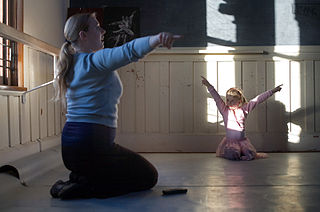 For most young children, dance class is a time to don the pinkest tights in town and join their friends in becoming fairies, soldiers and various other characters at the command of their teacher. It is only when children become a little older that ballet and dancing becomes a little more disciplined and structured. Instead of bouncing, bending and clapping there are pliés, tendus and lots of skipping. The focus may still be on having fun, but now works to encourage the ballet basics.
For most young children, dance class is a time to don the pinkest tights in town and join their friends in becoming fairies, soldiers and various other characters at the command of their teacher. It is only when children become a little older that ballet and dancing becomes a little more disciplined and structured. Instead of bouncing, bending and clapping there are pliés, tendus and lots of skipping. The focus may still be on having fun, but now works to encourage the ballet basics.
Ballet has been shown to have many positive effects for children, such as confidence, strength, flexibility and focus, love of music and rhythm promoted in classes. The class must also suit the child and their needs, with many not taking students before the age of three in order for them – and the others in the class – to have a fulfilling experience that is worthwhile.
Children need to be able to concentrate on the simple tasks of the class alongside the others. It is important the class is structured and secure, later translating into identifiable sections of warm up, barre work, centre practice, travelling and sequence. Their concentration will improve as they learn, forming a cycle of positive reinforcement. Ballet also provides much discipline, requiring children to focus whilst balancing rules with fun.
The physical development caused by ballet goes without saying: children need to be at least three before their range of movement and balance is sufficient to take on such a physical and mentally demanding activity. Following this they can then work on the co-ordination, strength, flexibility, grace, range of motion and endurance that is required. From there comes emotional development. Little dance students can become very independent quickly, moving alone and growing their confidence for this, as well as feeling comfortable as part of a group.

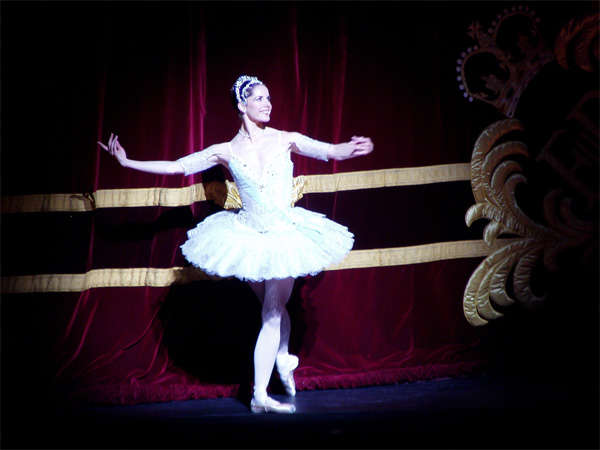
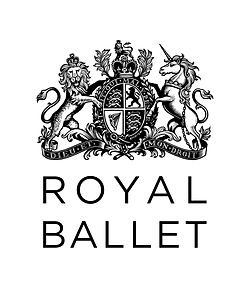 The Royal Ballet 2014/15 season has recently been announced. It will include three world premieres (with only one likely to be classical) including a new full length ballet by Wayne McGregor, a new one act ballet from Liam Scarlett in November, alongside Kim Brandstrup’s Ceremony of Innocence, and a work by Hofesh Shechter.
The Royal Ballet 2014/15 season has recently been announced. It will include three world premieres (with only one likely to be classical) including a new full length ballet by Wayne McGregor, a new one act ballet from Liam Scarlett in November, alongside Kim Brandstrup’s Ceremony of Innocence, and a work by Hofesh Shechter.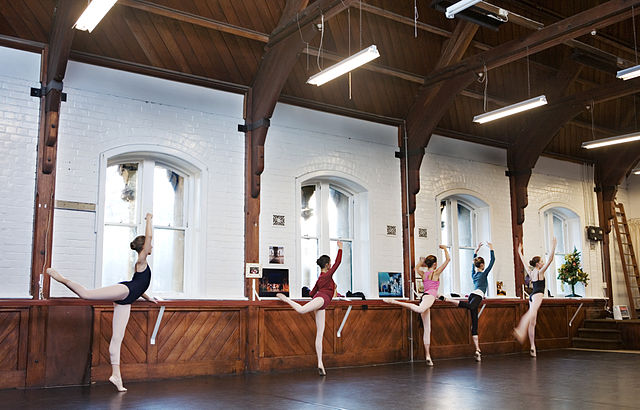 As dance forms go, ballet is among the hardest to perfect. It requires coordination, care and balance. Dancers work for years to perfect these qualities, and of course become students to enhance their form and knowledge.
As dance forms go, ballet is among the hardest to perfect. It requires coordination, care and balance. Dancers work for years to perfect these qualities, and of course become students to enhance their form and knowledge.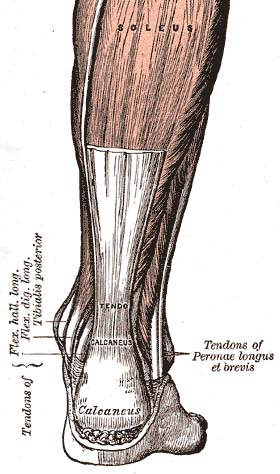 Are you blessed with long Achilles tendons, loose calf muscles and a deep plié? Count yourself lucky. Many dancers are desperate to increase the depth of their plié however, short of surgery, there is only so much change that can be made.
Are you blessed with long Achilles tendons, loose calf muscles and a deep plié? Count yourself lucky. Many dancers are desperate to increase the depth of their plié however, short of surgery, there is only so much change that can be made. Sergei Filin, the Bolshoi Ballet artistic director who was wounded in an acid attack that shocked the dance world last year, will appear in New York in April as one of the judges of the Youth America Grand Prix ballet competition. As an influential figure for classical ballet in Russia particularly, the coup for the Youth America Grand Prix may be a controversial one for the prestigious competition.
Sergei Filin, the Bolshoi Ballet artistic director who was wounded in an acid attack that shocked the dance world last year, will appear in New York in April as one of the judges of the Youth America Grand Prix ballet competition. As an influential figure for classical ballet in Russia particularly, the coup for the Youth America Grand Prix may be a controversial one for the prestigious competition. Celebrating its 65th anniversary, The Chelmsford Ballet Company is proud to present its version of The Nutcracker from 19-22 March at the Civic Theatre in Chelmsford. Some of Tchaikovsky’s most famous melodies set the scene; the story of a little girl’s magical Christmas present. Battle the Mouse King and travel with Clara to the Magical Kingdom of Sweets. Delight in the dance of the Sugar Plum Fairy, be captivated by the Waltz of the Flowers, the flurry of Snowflakes and the candy striped Merlitons, a spectacle for any time of year.
Celebrating its 65th anniversary, The Chelmsford Ballet Company is proud to present its version of The Nutcracker from 19-22 March at the Civic Theatre in Chelmsford. Some of Tchaikovsky’s most famous melodies set the scene; the story of a little girl’s magical Christmas present. Battle the Mouse King and travel with Clara to the Magical Kingdom of Sweets. Delight in the dance of the Sugar Plum Fairy, be captivated by the Waltz of the Flowers, the flurry of Snowflakes and the candy striped Merlitons, a spectacle for any time of year. The En Avant Foundation is a new non-profit foundation for specialised ballet coaching, mentoring and the awarding of scholarships in the sphere of classical ballet. As a new initiative formed with a specific purpose to promote classical ballet by offering specialised ballet coaching via Master Classes and Workshops, En Avant Foundation is able to offer dancers the means by which to propel their careers.
The En Avant Foundation is a new non-profit foundation for specialised ballet coaching, mentoring and the awarding of scholarships in the sphere of classical ballet. As a new initiative formed with a specific purpose to promote classical ballet by offering specialised ballet coaching via Master Classes and Workshops, En Avant Foundation is able to offer dancers the means by which to propel their careers. As part of a major season of programmes on the BBC, which will also include rare footage of Margot Fonteyn in Sleeping Beauty from the 1950s, ex-Prima ballerina Darcey Bussell will reveal the ballerinas who have inspired her throughout her career and out the other side. BBC2 will present Darcey’s Ballerina Heroines, on 1 March in which she will discuss the dancers who were pivotal in her training and career. The programme will also explore the “history of the ballerina through the female ballet stars who came before her”.
As part of a major season of programmes on the BBC, which will also include rare footage of Margot Fonteyn in Sleeping Beauty from the 1950s, ex-Prima ballerina Darcey Bussell will reveal the ballerinas who have inspired her throughout her career and out the other side. BBC2 will present Darcey’s Ballerina Heroines, on 1 March in which she will discuss the dancers who were pivotal in her training and career. The programme will also explore the “history of the ballerina through the female ballet stars who came before her”. The Dutch National Ballet and game studio Game Oven are developing Bounden, the first two-player dance game for smart phones giving mobile users a first in this form of dancing technology. Similar to that of Merce Cunningham’s use of technology to choreograph, most notably for one of his last works, Biped, Bounden lets people dance with each other.
The Dutch National Ballet and game studio Game Oven are developing Bounden, the first two-player dance game for smart phones giving mobile users a first in this form of dancing technology. Similar to that of Merce Cunningham’s use of technology to choreograph, most notably for one of his last works, Biped, Bounden lets people dance with each other.